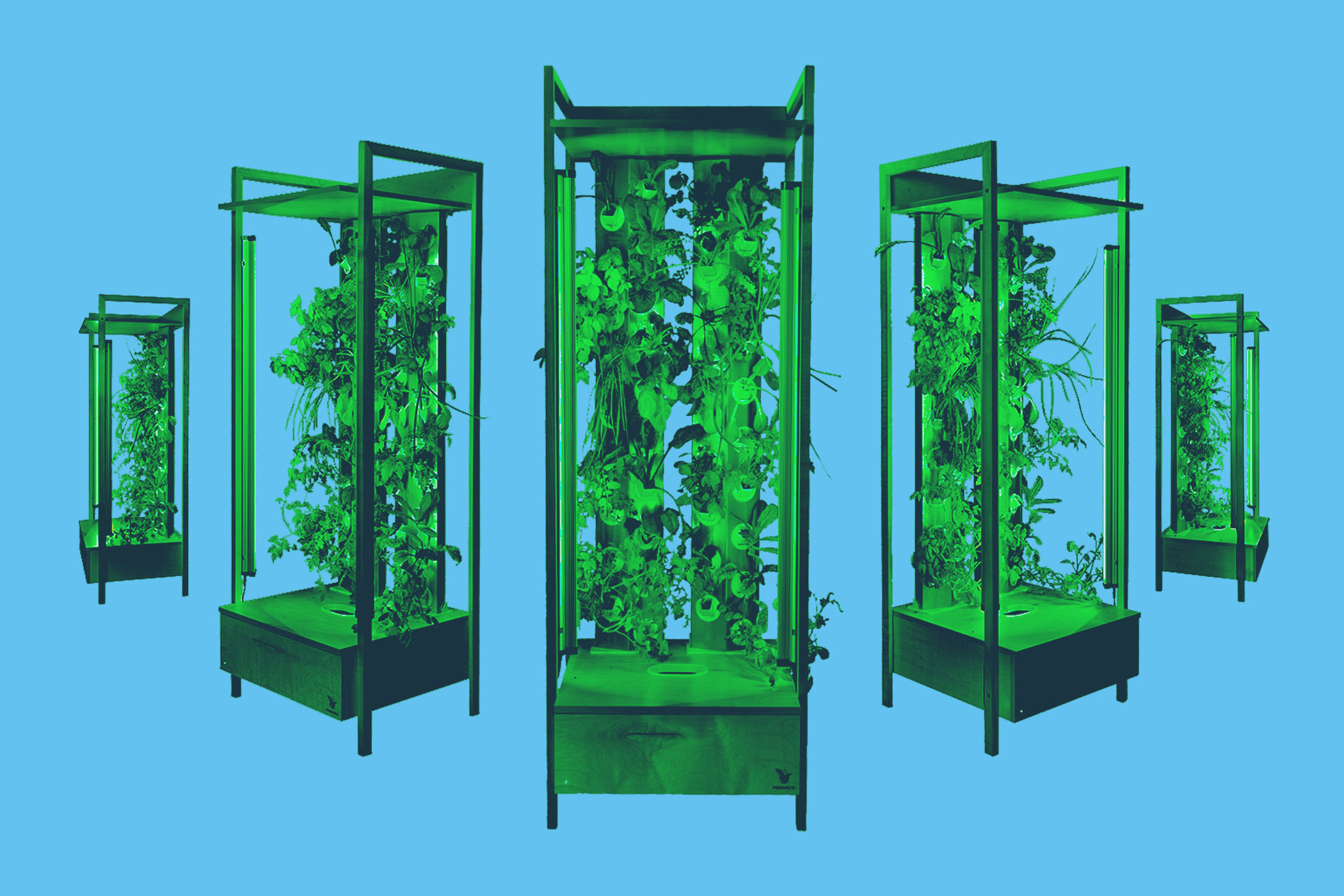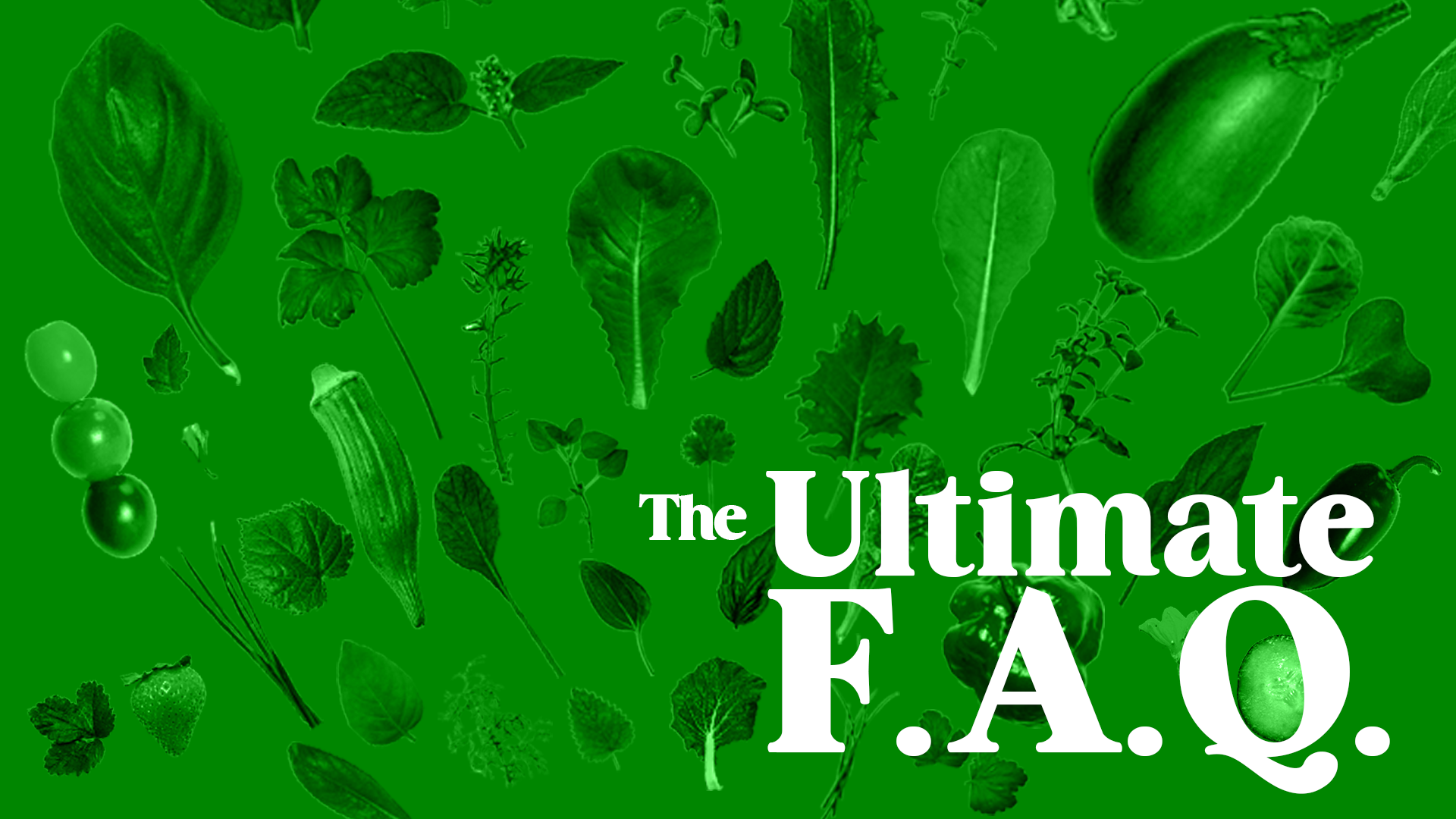Hydroponic Farming: The Future of Sustainable Agriculture
In the realm of innovative agricultural practices, hydroponic farming stands out as a leading-edge solution for the challenges of modern food production. But what exactly is hydroponic farming, and why is it garnering so much attention? Let’s dive into this exciting method of cultivation.
What is Hydroponic Farming?
At its core, hydroponic farming refers to growing plants without soil. Instead of deriving nutrients from the soil, plants in a hydroponic system receive their essential nutrients from a water-based solution. This nutrient-rich water circulates around the roots, providing plants with everything they need to thrive.
Advantages of Hydroponic Farming
- Efficient Use of Resources: Hydroponic systems typically use less water than traditional soil farming. With water scarcity being a pressing concern globally, hydroponics offers a more sustainable way to cultivate crops.
- Space-Saving: Without the need for vast stretches of land, hydroponic systems can be set up in urban environments, rooftops, and even indoors. This makes farming possible in areas where it might have been previously unfeasible.
- Faster Growth: As plants have direct access to all the nutrients they need, they often grow faster in hydroponic setups than in soil.
- Less Disease and Pests: Without soil, many ground-borne diseases and pests are eliminated, reducing the need for pesticides.
Types of Hydroponic Systems
There are several types of hydroponic systems, each with its unique approach:
- Deep Water Culture (DWC): Plants are suspended in nutrient-rich water with their roots submerged. Air stones or diffusers ensure the water remains oxygenated.
- Nutrient Film Technique (NFT): Plants are placed in sloping troughs, and a thin film of nutrient solution continuously flows over the roots.
- Aeroponics: Roots hang in the air and are periodically misted with the nutrient solution.
- Wick System: Wicks draw the nutrient solution from a reservoir into the growing medium where the plants are situated.
- Flood and Drain (Ebb and Flow): The growing bed is periodically flooded with the nutrient solution, which then drains back into a reservoir.
- Drip Systems: A drip emitter delivers the nutrient solution directly to the base of each plant.
Is Hydroponics the Future?
With increasing population pressures, urban sprawl, and the need for sustainable and efficient farming methods, hydroponics certainly seems poised to play a major role in future food production. As technologies advance and our understanding of plant nutrition grows, hydroponic methods will only become more refined and efficient.
In conclusion, hydroponic farming offers a promising alternative to traditional farming methods. Whether you’re an urban dweller looking to grow your herbs or an entrepreneur considering large-scale food production, hydroponics provides opportunities for clean, efficient, and sustainable agriculture. Embracing and understanding this method could be a significant step towards a greener and more food-secure future.

